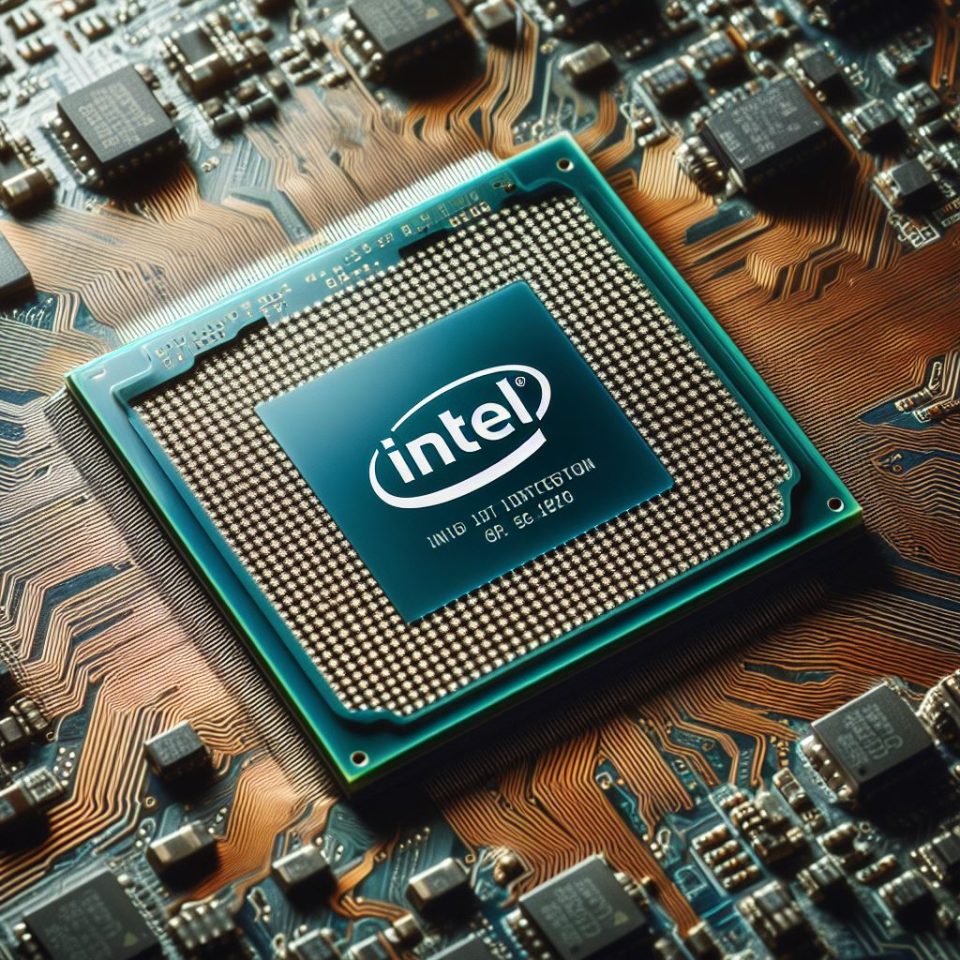Intel Corporation faced a notable setback in extended trading on Tuesday, with its shares declining by 4%, following the release of long-awaited financials for its semiconductor manufacturing business, known as the foundry business. The disclosure, provided in an SEC filing, revealed substantial operating losses for the foundry division, prompting market reaction and investor concern.
Financial Disclosure and Market Reaction
Intel disclosed that its foundry business incurred an operating loss of $7 billion in 2023, despite generating sales of $18.9 billion. This marked a significant widening of losses compared to the previous year, where the foundry business reported a $5.2 billion loss on $27.5 billion in sales. The revelation led to a 4% decline in Intel’s shares during extended trading, as investors digested the implications of the financial performance of its foundry operations.
Intel Foundry Business – First-time Revenue Disclosure
For the first time, Intel provided revenue figures exclusively for its foundry business, a departure from its historical practice of reporting combined chip design and manufacturing revenues. This move underscores Intel’s strategic shift towards transparency and clarity regarding the financial performance of its individual business segments, particularly in the highly competitive semiconductor industry.
Strategic Shift and Investor Pitch
Under the leadership of CEO Patrick Gelsinger, Intel has been actively pitching investors on its strategy to expand its foundry business to cater to external clients while maintaining its own chip manufacturing operations. This dual approach aims to leverage Intel’s expertise in semiconductor manufacturing while tapping into new revenue streams from third-party chip production. The company’s initiative to secure funding under the CHIPS and Science Act underscores the strategic importance of its foundry business in the broader semiconductor landscape.
Intel Foundry Business Financial Performance and Outlook
Despite the substantial losses incurred by its foundry business, Intel remains optimistic about its long-term prospects. The company anticipates a gradual improvement in financial performance, with losses projected to peak in 2024 before reaching breakeven “midway” between the current quarter and the end of 2030. Notably, Intel has already secured significant revenue commitments for its foundry services, including a partnership with Microsoft, indicating confidence in its future growth potential.
CEO Commentary and Future Prospects
CEO Patrick Gelsinger reiterated the strategic significance of Intel’s foundry business in driving earnings growth, expressing confidence in its ability to rebound from the current financial challenges. Gelsinger attributed the lack of profitability in the foundry business to past decisions and highlighted efforts to address technological advancements, such as the adoption of Extreme Ultraviolet Lithography (EUV), to enhance chip manufacturing efficiency.
The financial disclosure regarding Intel’s foundry business underscores the company’s commitment to transparency and strategic transformation in the semiconductor industry. While the revealed losses have prompted a temporary decline in share prices, Intel’s long-term outlook remains positive, with a concerted effort to capitalize on emerging opportunities in semiconductor manufacturing and external client partnerships.
Source: CNBC

